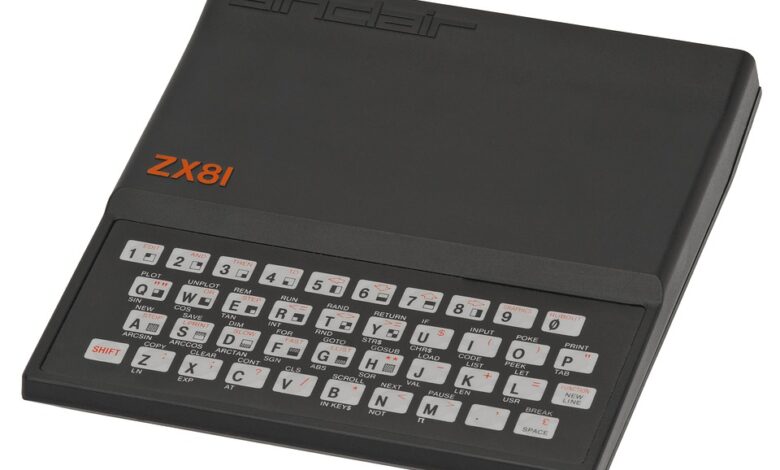The History of Video Game Consoles: A Trip Down Memory Lane

Video game consoles have become an integral part of the entertainment industry, providing countless hours of entertainment for people of all ages. Over the years, these consoles have evolved from simple pixelated graphics to immersive virtual worlds, and their history is a fascinating journey through technological advancement and cultural impact.
The very first video game console, the Magnavox Odyssey, was released in 1972. Developed by engineer Ralph Baer, the Odyssey was a simple machine that could only play a handful of games, all of which were displayed in black and white. Despite its limitations, the Odyssey laid the foundation for the future of video game consoles and sparked the beginning of a new era in entertainment.
The early 1980s saw the rise of the arcade, with popular games like Pac-Man and Space Invaders capturing the hearts of gamers around the world. In response to the growing demand for home gaming, companies like Atari and Mattel released their own video game consoles, such as the Atari 2600 and Intellivision. These consoles brought the arcade experience into people’s homes and are considered iconic symbols of the era.
The mid-1980s witnessed a gaming revolution with the release of the Nintendo Entertainment System (NES). With its iconic controller and library of classic games like Super Mario Bros. and The Legend of Zelda, the NES became a cultural phenomenon and solidified Nintendo’s place as a key player in the video game industry.
In the 1990s, the gaming landscape continued to evolve with the introduction of 16-bit consoles like the Sega Genesis and Super Nintendo Entertainment System (SNES). These consoles pushed the boundaries of graphics and gameplay, setting the stage for the next generation of gaming.
The late 1990s and early 2000s brought about significant advancements in video game technology with the introduction of 3D graphics and CD-based games. The Sony PlayStation and the Nintendo 64 became game-changers, offering players a new level of immersion and interactivity.
As we entered the 21st century, the gaming industry continued to innovate with the release of consoles like the PlayStation 2, Xbox, and Nintendo GameCube. These consoles introduced online gaming, HD graphics, and advanced multimedia capabilities, further cementing the role of video game consoles as central hubs for entertainment.
In recent years, the gaming world has seen the rise of consoles like the PlayStation 4, Xbox One, and Nintendo Switch, each offering unique experiences and pushing the boundaries of what is possible in gaming. Virtual reality has also emerged as a new frontier, with companies like Sony and Oculus VR creating immersive experiences that blur the line between reality and the digital world.
The history of video game consoles is a testament to the power of innovation and the enduring appeal of interactive entertainment. From the humble beginnings of the Magnavox Odyssey to the cutting-edge technology of today’s consoles, the journey of video game consoles is a trip down memory lane that continues to inspire and captivate gamers around the world. As we look to the future, it’s clear that the evolution of video game consoles will continue to shape the way we play and experience games for years to come.





